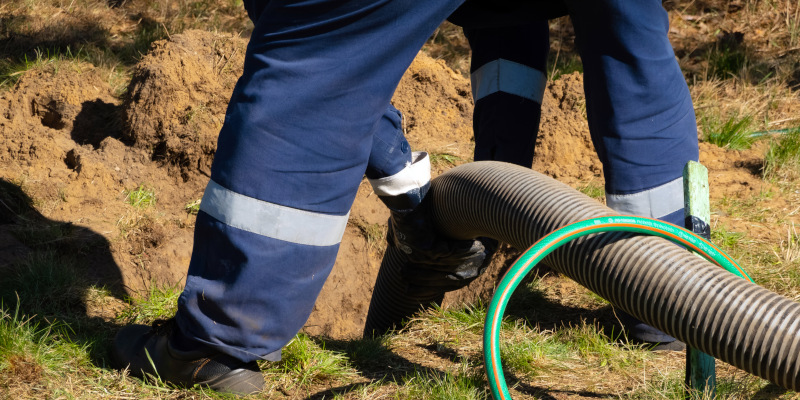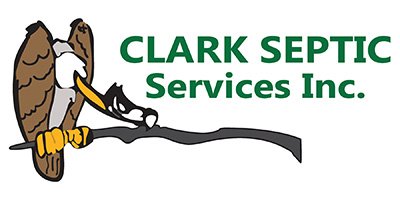If you are new to owning a home with a septic system, then you might worry about the new maintenance tasks you’ll have to deal with. However, our team at Clark Septic is here to help you keep your septic system in excellent condition. We have extensive experience in the septic industry, and you can count on us to keep your system in good working order.

In this article, we’ll go over the fundamentals of septic maintenance, so you know what to do to take care of your system.
- Pumping – The most important part of septic maintenance is septic tank pumping. When waste enters your septic tank, liquid effluent flows out through the drain field, but solids sink to the bottom and remain there until they are removed via pumping. Depending on the size of your tank and the size of your household, you’ll need to schedule septic pumping every two to five years.
- Inspection – Another key step in septic maintenance is system inspections. You should have a septic professional look at your system at least once every three years or so to make sure everything is working properly. Most septic companies, including ours, will schedule inspection services alongside pumping—when we come to empty your tank, our technicians will carefully examine all parts of your septic system to ensure there are no problems. If we find any issues in your system, we’ll schedule repairs as soon as possible.
- Usage – A third aspect of effective septic maintenance has to do with how you use your system from day to day. Specifically, you’ll need to be careful about what you flush down your drains if you want to keep your septic system working properly. The only things you should flush are waste and toilet paper—nothing else. Don’t flush wipes, pads, cotton balls, or anything else down your toilet, and don’t put coffee grounds, grease, or other food scraps down your kitchen drains.






